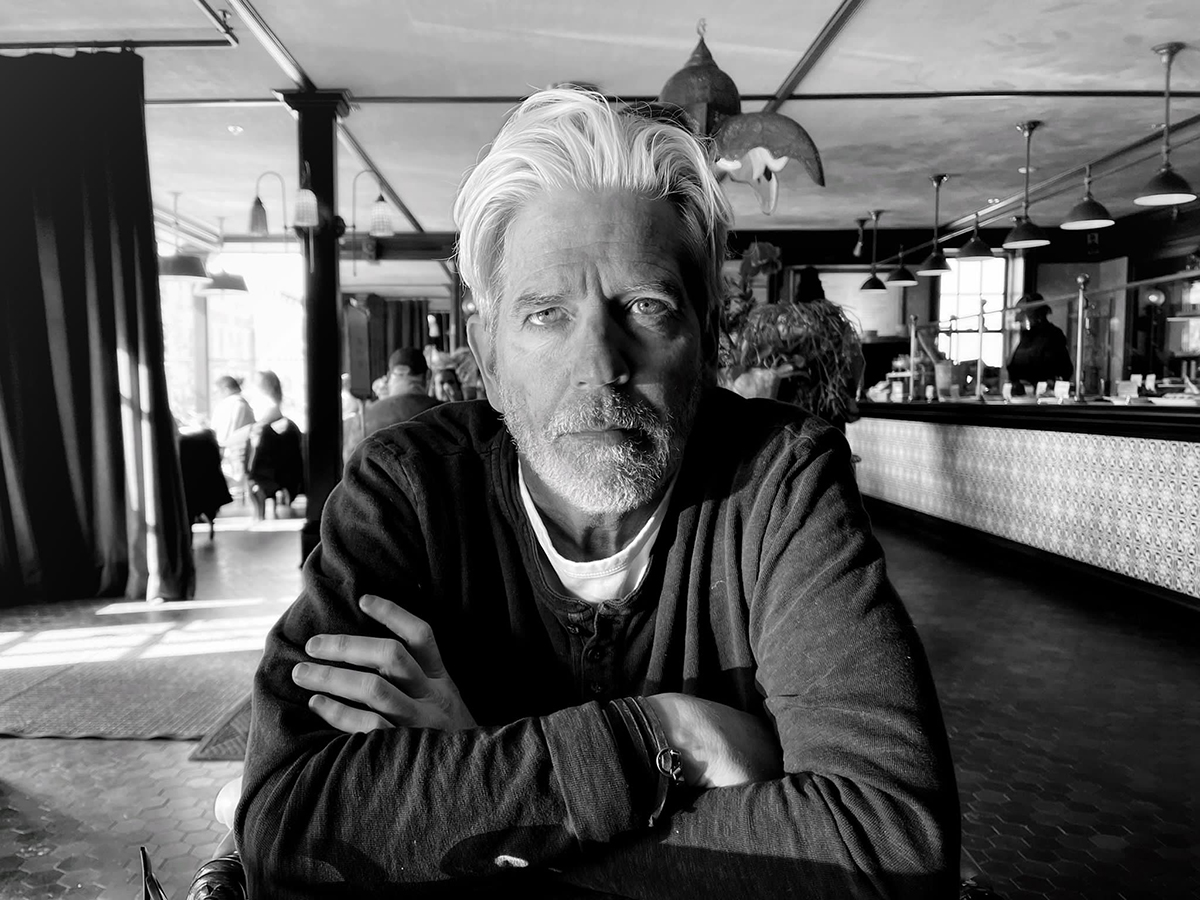
Portrait of Henry Lohmeyer by Maryam Eisler
American photographer Henry Lohmeyer is not only renowned for his powerful photography but also his use of words to accompany each work of art. Here, Lohmeyer speaks to Maryam Eisler about the impact his art and poetry have had on his audience and himself
Maryam Eisler: Whose work speaks your language and has impacted you most?
Henry Lohmeyer: I can’t say certainly. Your sensibilities change as you are exposed to life. To begin with, I wasn’t really struck by photographers as much as I was by painters and sculptors. Bresson, absolutely; I think all roads lead to him—so fascinated that he saw himself a drawer first. The other artist who has really hit me hard is Arbus. How she was able to squeeze out of that tight space she fit into, as probably most women artists were at the time, and are still… her work is masterful in that she saw beauty and humanity in almost anyone. She was able to show both physical and emotional scars in the most powerful of ways. And through these scars, we are made to see our own differences, commonalities and identities.
Follow LUX on Instagram: luxthemagazine
Maryam Eisler: When did your first camera click take place?
Henry Lohmeyer: We had a cabin growing up, on a little fishing river, and my mother would give me a camera to play with (as well as crayons to draw with). It was a plastic camera but it took 120 film, and as you know on 120 film you were only allowed 10 or 12 photos. I was given that for the week and you learn to shoot very sparingly. That’s when I remember taking a photo with thought. I also learned to see the charm in those ones that were missed and somehow turned out beautiful.
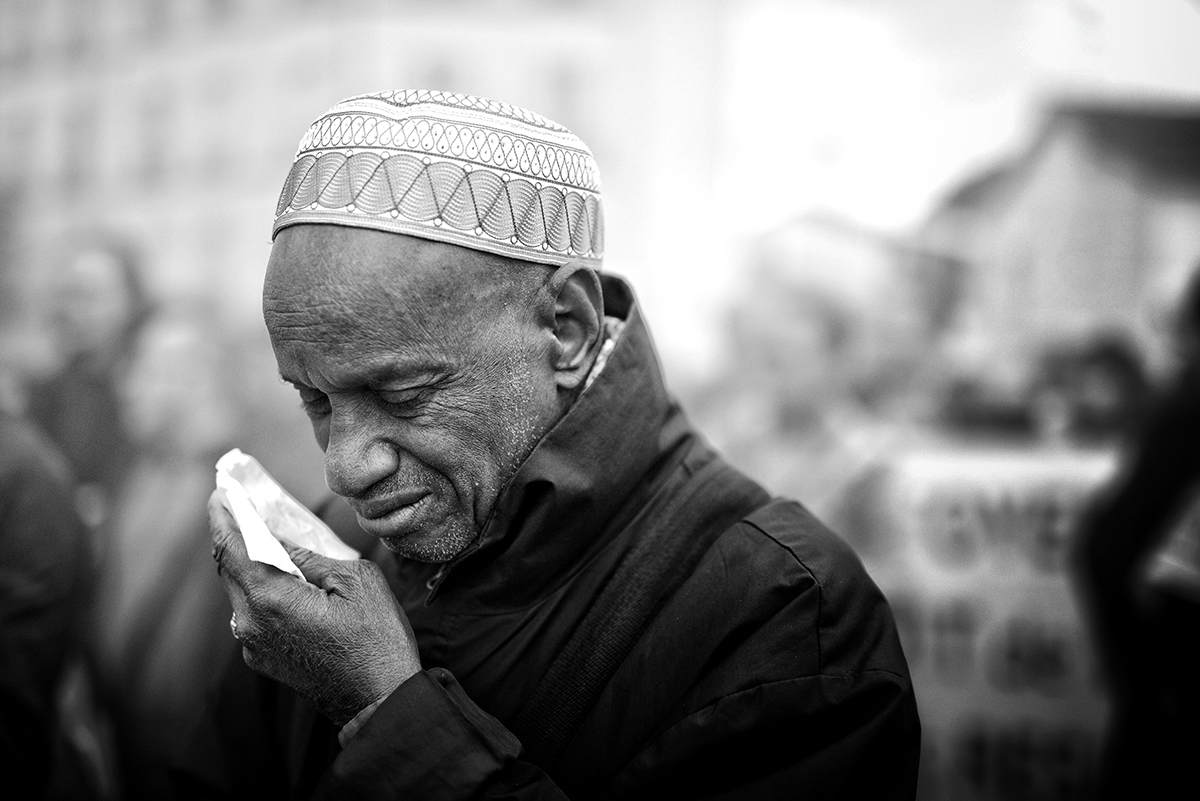
Lohmeyer says: “May we just talk about hurt and love? The hurt you feel when you know you can’t help. The kind of love when you beg to understand.”
Maryam Eisler: As I discovered you on Instagram, I realised that not only your photos are poetry but so are your words, a powerful marriage of the visual and the intellect. Have you always approached your art in this manner?
Henry Lohmeyer: When I got sober twelve years ago, I needed a way to express myself. I went to art school and I often fancied myself becoming a painter, a sculptor, a print maker. It just wasn’t feasible at the time to do that, but what I had was my IPhone. I would just take photographs of anything and everything. In all honesty, they were terrible shots but I really appreciated them, as much if not even more than any photograph I take today, because they served as foundation for my work today. It was a means for me to express myself, process stuff, figure out where I was headed without including another person into this whirlpool of emotions. It was something I could do every day and there was no cost. A year into it, I started incorporating a sentence or a word and I found this to be a great way, as a diary does, to journal, to share my experiences. I love it when people respond to what I write or photograph, but on a more personal note, it’s a source of accountability. Even at my age, I’m still trying to figure so much out, as we all are. I like the childlike quality of that process. My fear, however, is that I may box in the photo when I write what it’s about, rather than opening it up to interpretation.
Read more: The LUX Art Diary: Exhibitions to See in March
Maryam Eisler: Through your words and your images, you unveil yourself to your viewers and connect with them- your feelings, your scars. Do you enjoy this connection with ‘the other’?
Henry Lohmeyer: I like to believe that what I’m feeling is a shared experience. I think we all want to be normalised, not to say that we don’t want to feel unique but … We don’t want to feel like a pariah. We want to be received, accepted. It is nice when someone connects with what I’m saying. It makes me feel good, it helps me too. I receive way more than I could give on that regard. With that said, it’s an exercise in vulnerability and opening myself up, connecting. That’s something that photography and my words have given me: a connection that I was so quick to discount, deny or run away from so many times in the past. I do it because it keeps me healthy. I’ve been able to ride the ship many times because of my words to myself and of myself.

For the women who care for each of us
Maryam Eisler: You speak of scars. Do you think that an artist needs them in order to produce?
Henry Lohmeyer: I do not believe that. But I do know that if you are scarred, art can help. Expressing no matter what your medium can be an asset. I don’t know if this is true and it’s probably my narrative but I feel like I can tell when work is derived from a really sore spot and I don’t think it necessarily makes it any better, but I do admire those that can rely on it and turn it into something that others respond to. There’s a saying in recovery that “you’re only as sick as your secrets” and I do think that it’s important to live out loud.
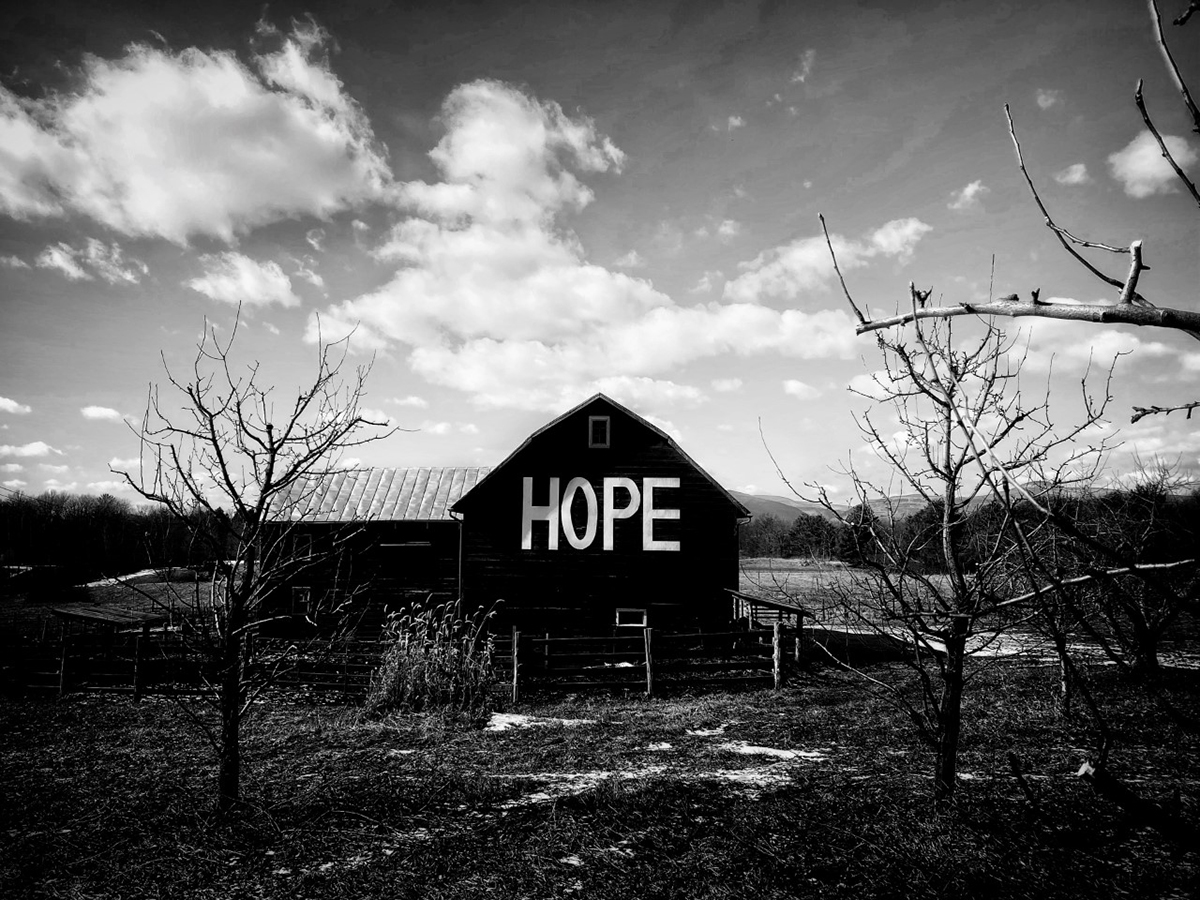
Lohmeyer says: “Like love, hope is a rather subversive ideal.”
Maryam Eisler: For an introvert, you are incredibly expressive!
Henry Lohmeyer: It’s a need. I also know that I create my best work, living on that edge. I’m not Evel Knievel but I am living in that idea of pushing myself. Vulnerability is a moving target. I can remember the first time I wrote alongside my images and still today, like many, I feel fear before sharing.
Maryam Eisler: But doubt is necessary for an artist- is it not?
Henry Lohmeyer: Yes, doubt is a constant for me. My writing never stops, but visually I haven’t opened myself up as much as I would like to. I’ve been in a place where I close down the things I see. I see a photograph in the making and it’ll be like falling out of a boat into water- that easy!
Read more: Shahrzad Ghaffari: “Where Curiosity Stops, the Creative Process Ends”
Maryam Eisler: I suppose it’s like writer’s block… you get visual block. I guess, in your case, you need that balance between both sides of the equation.
Henry Lohmeyer: More times than not, one picks up the other. There’s sometimes a photo, where what I saw really captured me. You know how it is, you’re not just capturing visually what it is but also how it made you feel and that’s the hard part. How many times, have you seen that old mary-go-round horse… tattered, broken, chipped… but then you see the beauty in it.
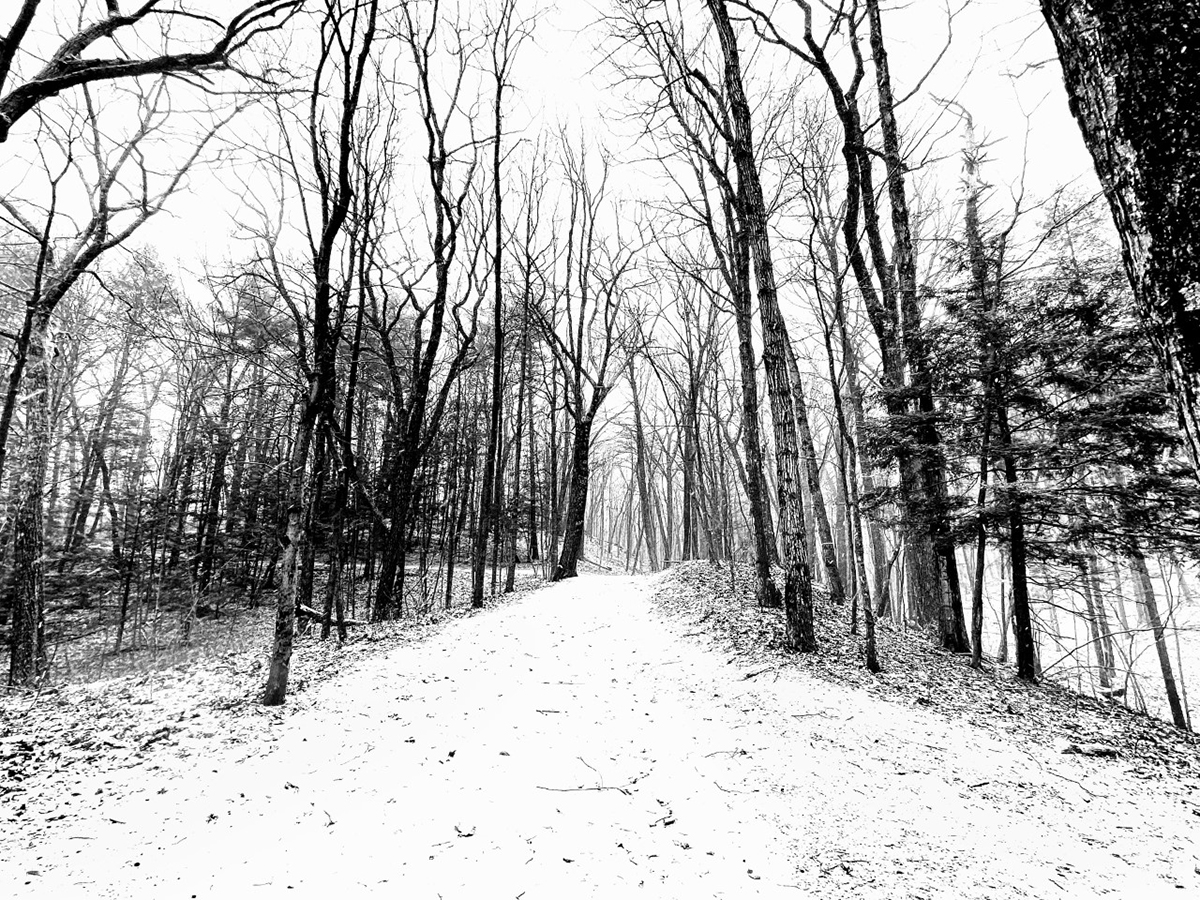
Lohmeyer says: “If I were a boy king, more command than competence, with all the valour in my heart and any army at my disposal, to what length would I go to conquer love? To what depth would I go to honour both her heart and mine? What lines would be drawn in the sand to mark each prayer, each hope, each noble act? If I were a boy king, to what end would I be measured, to what time would I embrace and to what distant shore would I sail to join hearts?”
Maryam Eisler: When I think of your work, I think of wide open spaces, I think of solitude, I think of isolation but also time. There’s huge sentimentality in what you portray.
Henry Lohmeyer: Well a continuous theme in my work is that of a hero’s journey, the fall and the rise. I think that the lone figure is very appealing to me. I connect with it very easily. I think that we all feel sometimes alone and I certainly don’t want to relish in that moment, but I do think that there is a lot of beauty in that space. It certainly doesn’t feel beautiful when you’re in it yourself but it’s hard not look at it with some admiration, and to find honour in that moment when you rise out of it. There is that song from Les Miserables where Fantine sings, “there are storms we cannot weather”, and I do think that when someone says it’ll get better, we don’t necessarily feel that, but I do know that when we step out of it and start to rise, there is great reason to celebrate and embrace the moment. That is something that gets lost on many of us. We feel like we deserve the harshness, and yet when we are victorious or when we thrive, we somehow think it’s Grace. That we didn’t earn it. I think that again we don’t need to experience bad to understand good or feel despair to understand hope.
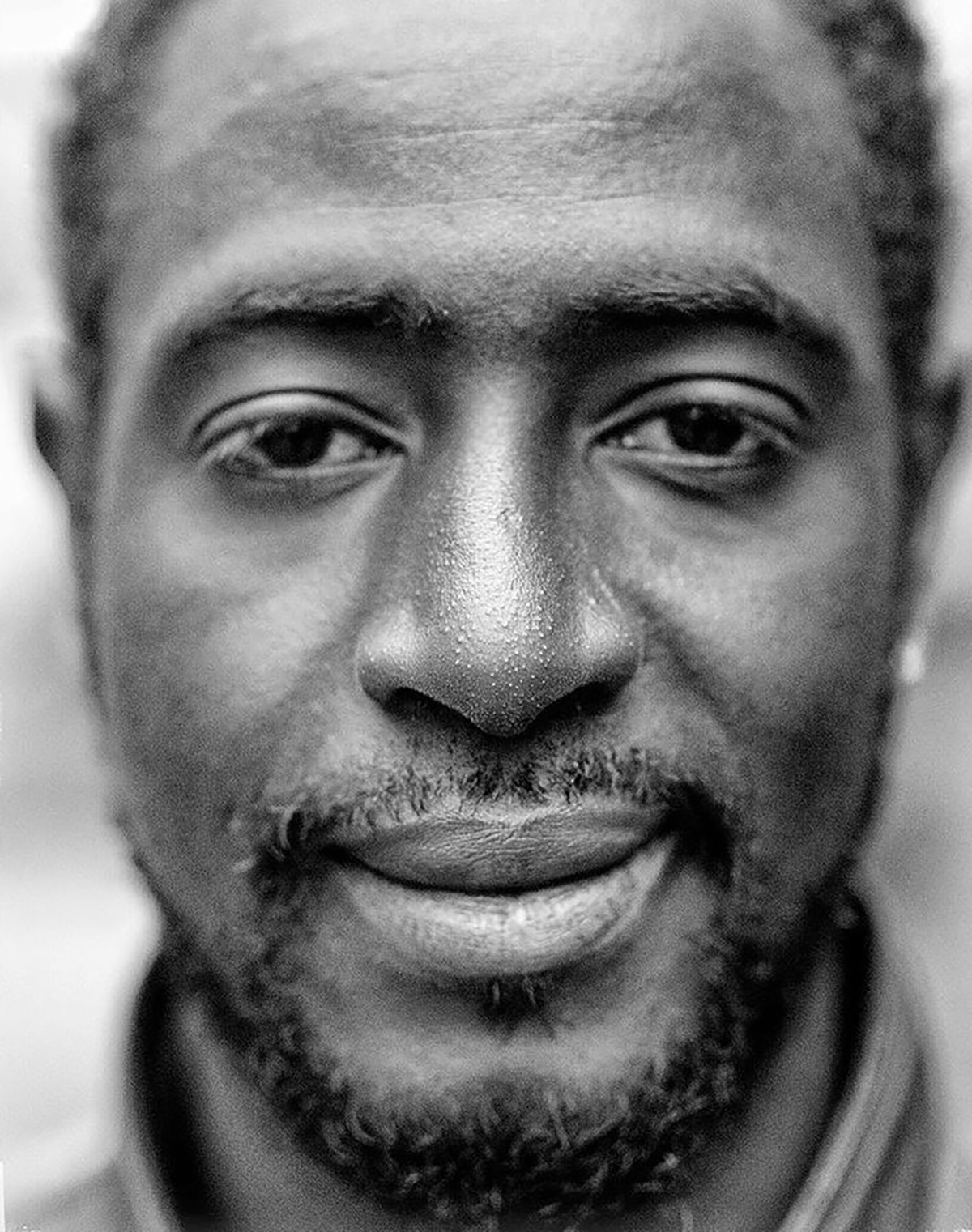
Lohmeyer says: “I don’t know where he is now. I know we hugged. I know he liked his tea sweeter than mine-that’s very sweet. I know he couldn’t sing. I know that he looked at me the way son looks at a father-baba, he would say, I know we trusted one another and I know I miss him.”
Maryam Eisler: Speak to me about Love.
Henry Lohmeyer: I understand the idea of love and I do love. I’m capable of love … my children, my two grandchildren. I love my brothers and sisters, my nieces and nephews and my friends. I know that I have many shortcomings in this area, and that I am constantly working on it. It’s not the idea that ‘forever’ scares me and I don’t necessarily equate ‘forever’ with love; we can love for a day. In fact, I think love is probably our greatest gift. I hope that in my photography and through my words, I show how I love people. I have not necessarily been very good with the romantic kind of love. I laughingly say I have one great love affair left in me, and I say that tongue and cheek in a way because I’m just going to keep trying to get back on the saddle. I do love the idea of it.
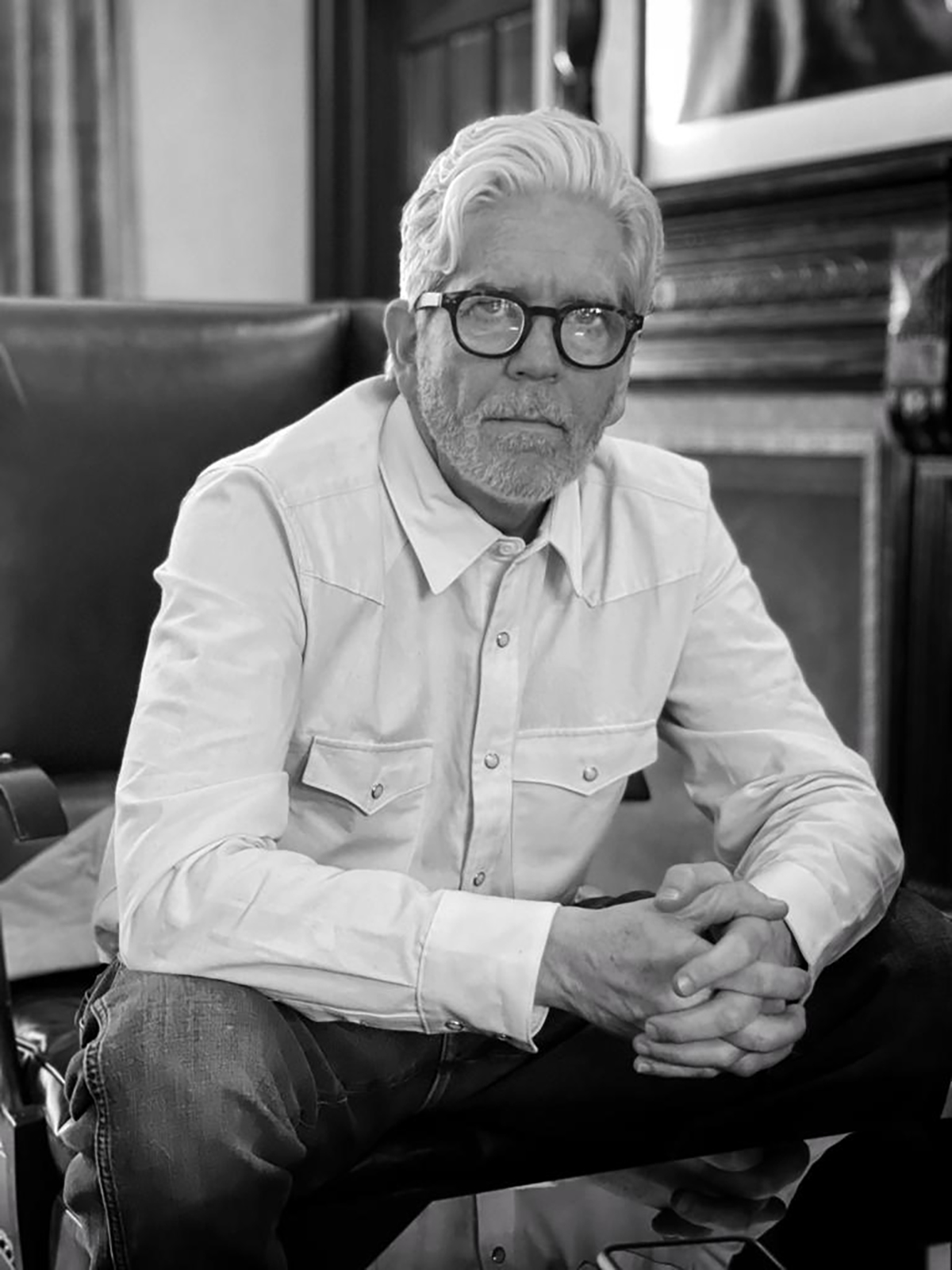
Portrait of Henry Lohmeyer by Maryam Eisler
Maryam Eisler: You are very well read. We have spoken a lot about your favourite authors and I’m assuming that it’s from that passion for literature where your love of the ‘word’ comes from.
Henry Lohmeyer: I like Hemingway a lot. I like his style. I know he’s controversial regarding his views on women and life, and there is no denying all of that. I do like how he can say things in such a pithy manner. There are many lines I really love. “Why did they make birds so delicate and as fine as those sea swallows when the ocean can be so cruel?”, comes to mind. I love when J.D. Salinger says “She wasn’t doing a thing that I could see, except standing there leaning on the balcony railing, holding the universe together.” Jonathan Safran Foer’s writes in Extremely Loud & Incredibly Close, “Sometimes I can hear my bones straining under the weight of all the lives I’m not living.” This line kills me.
Read more: Darius Sanai’s California Diary
Books to me are magical, because I had a lot of trouble reading them as a child due to my dyslexia and ADD, so they were kind of a burden at first; when I was able to sit down with them eventually, it was kind of magical.
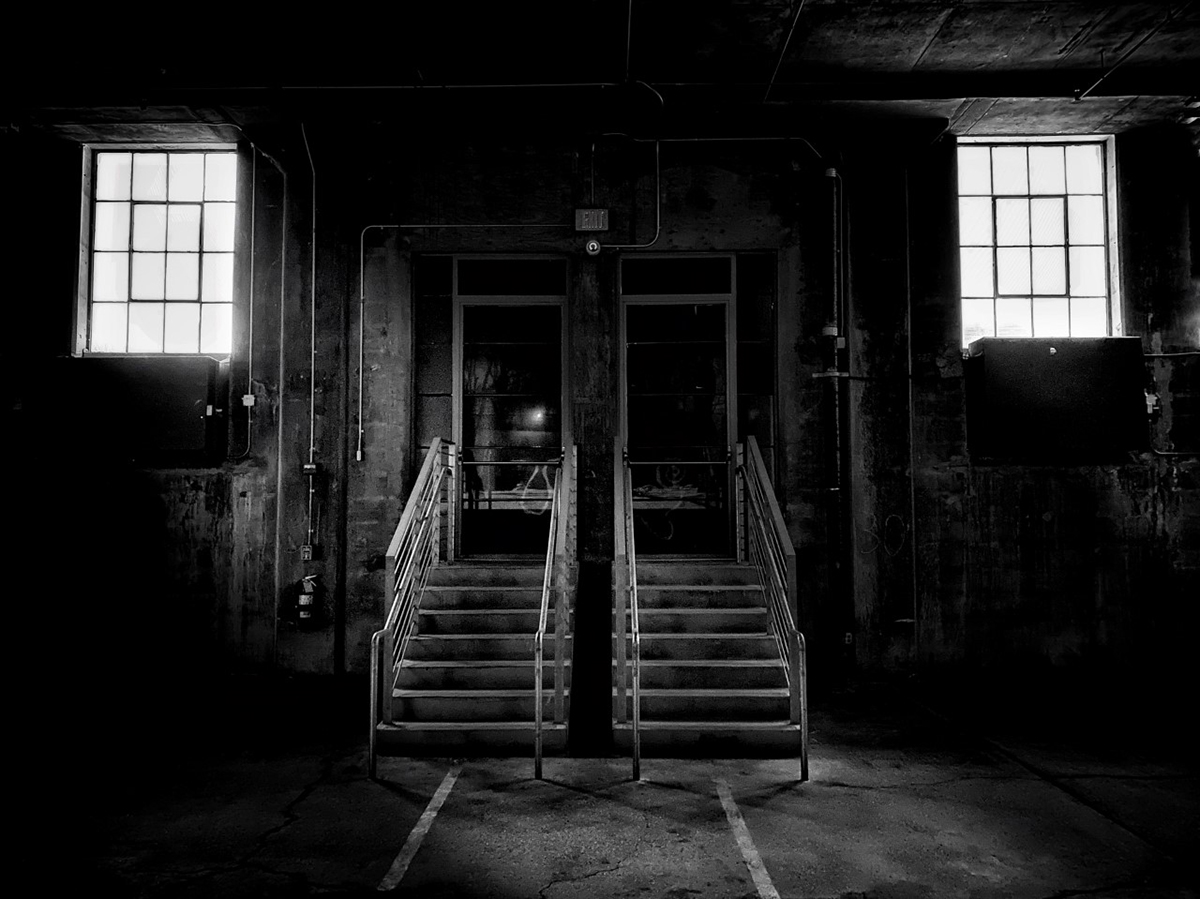
Lohmeyer says: “My father would describe things, places, etc, “It’s the same, but different.” He spoke of love in this manner too. Maybe we seek a mirror, one that holds, not what is peculiar to us, but rather what reflects the best parts of ourselves. The same, but different.”
Maryam Eisler: Camus is an author you hold close to your heart and “Vivre au point des larmes” (‘to live on the verge of tears’) is tattooed on your body.
Henry Lohmeyer: I believe that emphatically; it’s a thing I aspire to, but am not always successful at. It’s scary to be on or over the edge of the boat, but I do believe that is the place to be. It’s fear, it’s hope, it’s glory, it’s exciting but it’s also sad and you’re easily broken there. For me, to be happy and satisfied, I need to be on that edge. That doesn’t mean life- risking. I have no desire to skydive or bungee jump; I’m not a thrill seeker emotionally, and I don’t thrive on the loss of anything, but I do know it’s necessary to be there, on the brink.

Image of Henry Lohmeyer by Maryam Eisler
Maryam Eisler: What’s on the horizon for you now, artistically?
Henry Lohmeyer: I’m excited about what’s coming next. The word “Shadows” come to mind. I’ve done a good bit of witnessing and recording those we’ve chosen to place on the edge- refugees, immigrants, the homeless, and the abused. And, during this time I’ve come to realize that it may not take a catastrophic event or events to cost us our safety and security—our rights as humans. My art, going forward, will take a much softer approach at witnessing and translating. While the images may be more measured, the words will not. As you know, my words mean as much to me, if not more, than my photographs—so, I’m going to incorporate them directly onto the images. Might be many words, might be one. I’m hoping it will be a more expressive reflection of what is seen—it’s a vulnerable space for anyone to allow for an open interpretation of self and an imperative for any artist.
Find out more:








